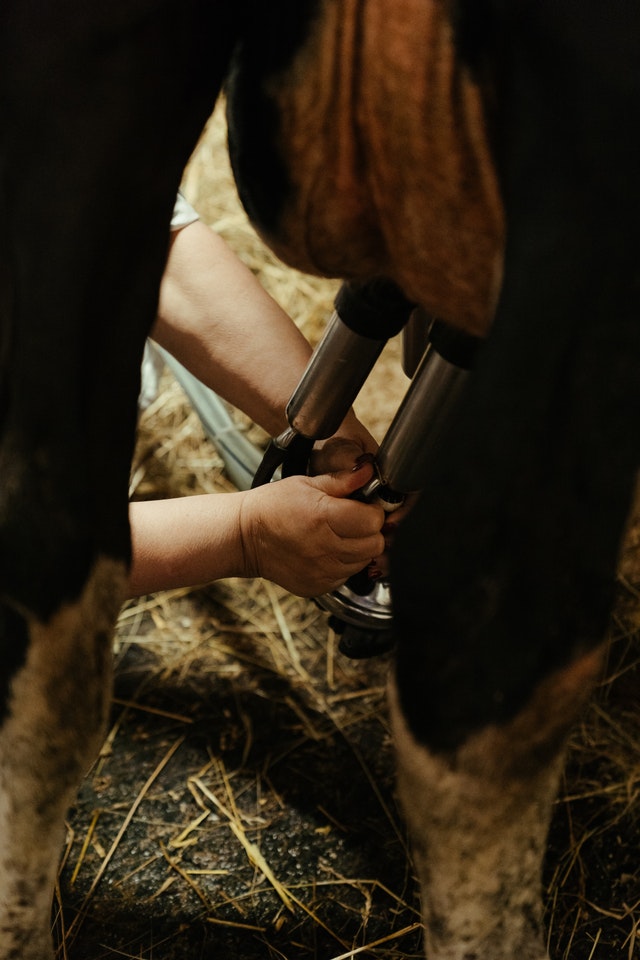Pundits are tipping strong global dairy prices to continue into the new season on the back of recent Global Dairy Trade auction results.
Tuesday night’s auction saw the GDT index down a whisker – 0.1 per cent – but the key whole milk powder price rose 0.4pc.
The strong result prompted Westpac to lift its forecast 2021/22 New Zealand farmgate milk price to $NZ8 a kilogram milk solids.
It also stuck with its $NZ7.90/kg forecast for 2020/21.
ASB lifts its 2021/22 forecast price to $NZ7.50/kg MS up from $NZ7.30/kg MS and retained its $NZ7.60/ kg MS forecast for the 2020/21 season.
Westpac senior agri economist Nathan Penny said the bank now expected global dairy prices to remain stronger for longer in this dairy price cycle.
Mr Penny said current auction prices equated to a price above $NZ9/kg MS, so its new season forecast price was factoring in a fall in whole milk powder prices.
But the bank was expecting only modest growth in supply, despite the higher prices.
Mr Penny said NZ dairy supply was constrained for a range of reasons including environmental constraints, strong competition for land and water from other sectors, restrictions on overseas investments and labour shortages.
Global supply would be constrained by high grain prices, environmental restrictions and competition for land and water.
Mr Penny said robust demand was expected to continue.
“Strong Chinese and South-East Asian demand is underpinning the price strength and we expect this to be ongoing through 2021,” he said.
“Notably, we expect the Chinese economy to expand by 10pc over 2021.”
The only potential downside was the level of the US dollar.
ASB economist Nat Keall said dairy prices continued to hold their ground at auction and the bank saw further upside next season.
Tuesday night’s auction saw China retake the driver’s seat after its conspicuous absence last auction.
“After a string of auctions were marked by aggressive purchases, the April 6 auction saw China recede and other regions take the front foot,” he said.
“That looks to have been a blip, with China returning to its dominant position this auction, particularly for WMP.”
Mr Keall said another bearish sign noted at the last auction also reversed itself: with most the WMP offering sold this time around.
Another good sign was that further-dated contracts (for shipment in August-October) continued to trade at a modest premium over those nearer contracts.
“The shape continues to suggest its not just short-term supply anxieties that are fuelling gains at auction,” he said.
Original article sourced from https://www.farmonline.com.au/



